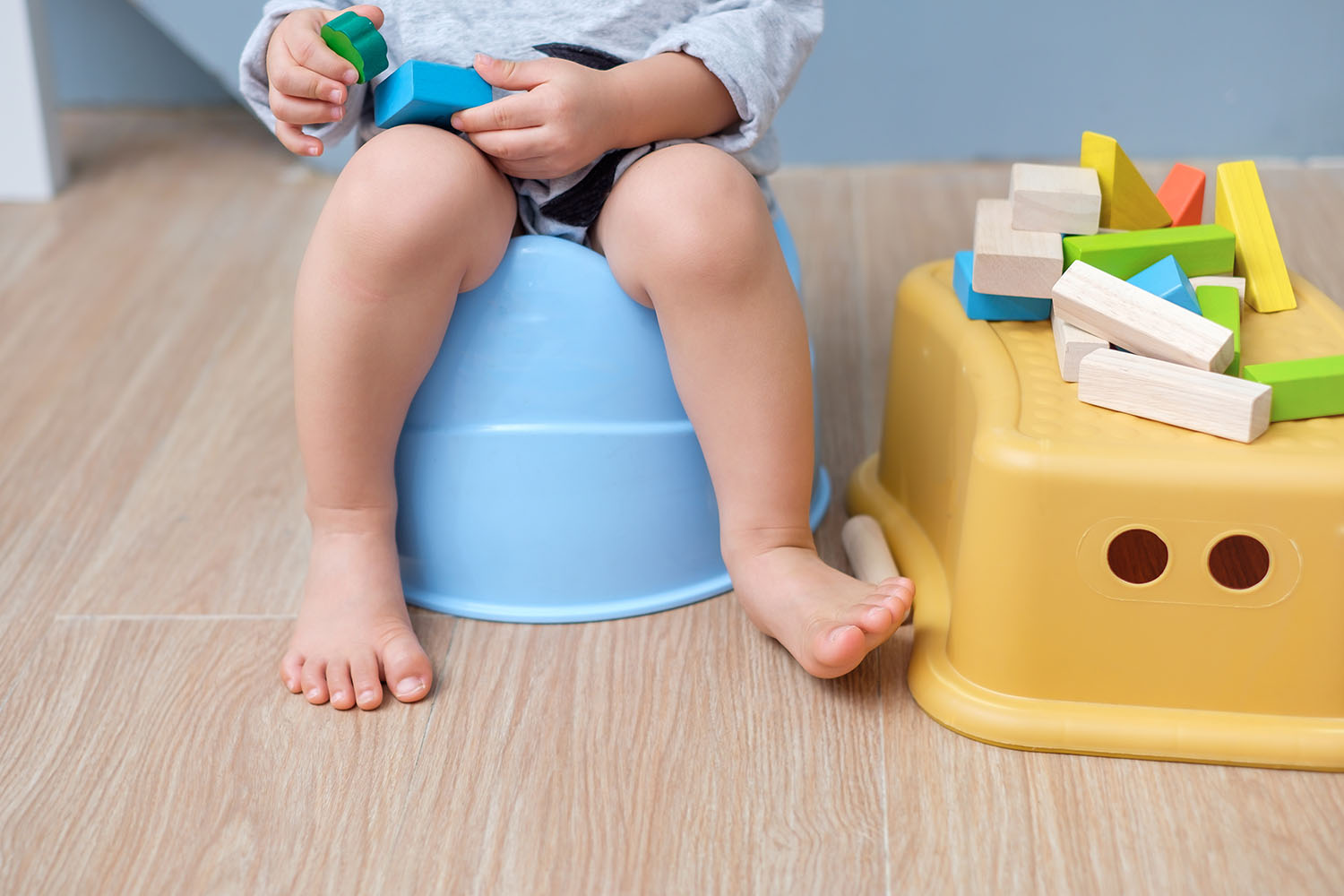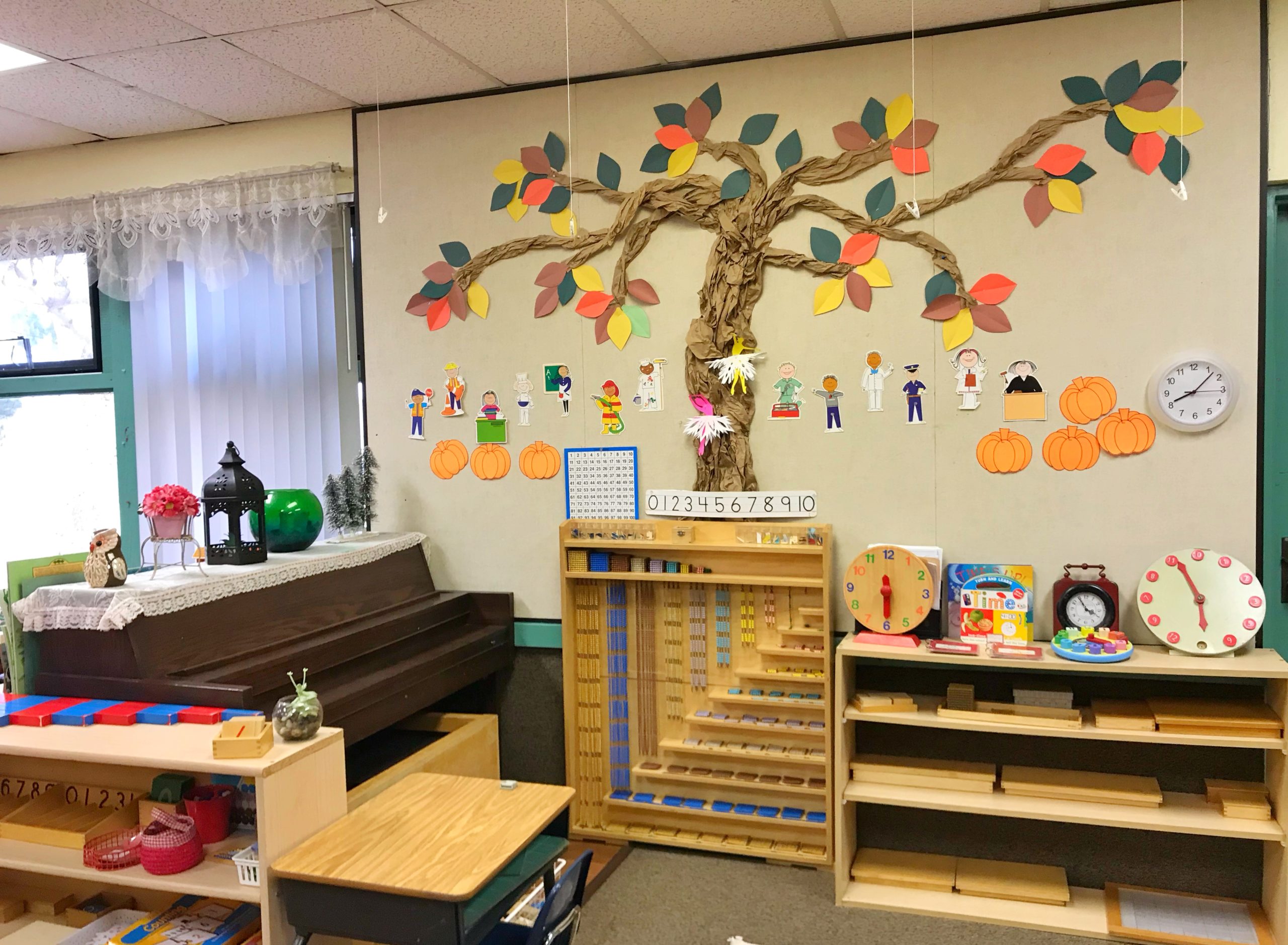
Getting rid of the diaper is one of the most anticipated processes for parents because it signifies that their little one is growing up and has achieved the milestone of potty training. However, to accomplish this, you go through a series of emotions and techniques that often lead to crying and frustration.
Therefore, in the following article, you will discover how to apply the Montessori method. This technique will assist you in the process of teaching children to control urination and bowel movements. Remember, the Montessori method aims to guide children through their own abilities and limitations without forcing them. That is why you can reach out to our specialists at Central Montessori School (CMS) who can provide guidance and advice when enrolling your child in our programs.
Guidelines You Should Know Before Removing the Diaper
In recent years, there have been courses and social media trends promising to remove the diaper in less than a week. However, extreme or poorly applied methods can hinder a child’s learning. In fact, pressuring a child to give up the diaper without proper preparation can cause constipation or other intestinal problems. Moreover, the child could develop a negative association with the toilet, making it even harder to transition out of diapers.
For these reasons, you should consider your child’s learning process and follow a suitable routine for your family. In this case, teaching with Montessori principles will make the process of giving up the diaper more flexible. Keep in mind that this technique is not about speed, as it requires patience for the child to understand how their body works. While some children may potty train earlier or later, the typical age for potty training is between two and three years. However, do not get frustrated if your child has passed these ages and still uses diapers. Remember, it is a natural process.
Now, to be able to remove the diaper, you should pay attention to the signals your child sends you, indicating that they are ready for the next step. Some of these signals include:
- Interest in the toilet or potty training seat.
- Can stay dry for two hours.
- Can jump on two feet.
- Recognizes when they are urinating or having a bowel movement and alerts you.
- Can pull down their pants by themselves.
- How to Remove the Diaper without Frustration?

Now that you know what to consider when removing the diaper, it is time to learn the steps recommended by the Montessori method to successfully achieve potty training.
Do not force it
As mentioned earlier, you must respect the stages your child is going through. This means that giving up the diaper should be a respectful and harmonious process. If you pressure them to do it when you want, you will both end up upset and frustrated, and potty training will be delayed due to stress.
Do not reward them
It is very common to resort to bribery to get children to do something we want them to do. The same happens when trying to get a child to use the toilet or potty. Therefore, avoid using phrases like ‘I will give you a reward if you use the toilet,’ as the child will associate going to the bathroom with a reward, when what they need is to control their body.
Do not punish them
This point is related to the previous one. Just as it is not recommended to reward a child for using the bathroom, it is also not good to punish them if they ca not urinate or have a bowel movement in the toilet. Also, avoid threats like ‘you will not be able to play if you do not use the bathroom’ or ‘mom will not love you if you do not use the toilet.’ The important thing is that going to the bathroom becomes part of the routine and not something to be feared.
Be their example
You can use the moment when you go to the bathroom to show your child how it is done. You can also pretend to use the bathroom if you do not want them to watch you.
Use learning-related resources
As we have seen in previous articles, the Montessori method relies on didactic and sensory materials to make learning more engaging and enjoyable for children. In the case of potty training, you can use books, stories, or songs to pique their interest in this topic.
Prepare the space and supplies
Just as there are suitable elements for creating a Montessori-style learning space, the area for practicing going to the bathroom should also be suitable for the child. In this case, you can choose a space for your child’s own bathroom or adapt the family toilet if you want them to use the main one. Additionally, make sure that toilet paper or wet wipes are within your child’s reach for cleaning up afterward.
Choose the right toilet
There are countless models of toilets for children available on the market. They come in various colors, some with sounds, and can be attached to the regular toilet or be a traditional potty. In this case, you can opt for models that resemble typical toilets so that the child associates it with something real rather than a toy. There are also other models that consist of an adjustable seat with steps, allowing the child to quickly access the toilet regardless of its height. Furthermore, involve your child in selecting the toilet so they feel part of the process.
As you can see, giving up the diaper is a process that takes time and dedication, as well as consistency and respect for the child’s body. Additionally, the Montessori method can assist in other aspects of daily life, such as problem-solving, reading comprehension, and writing or reading skills. Therefore, do not hesitate to visit our CMS facilities to learn about all the programs we have available for children and help them in their education in a creative and individualized way.”




